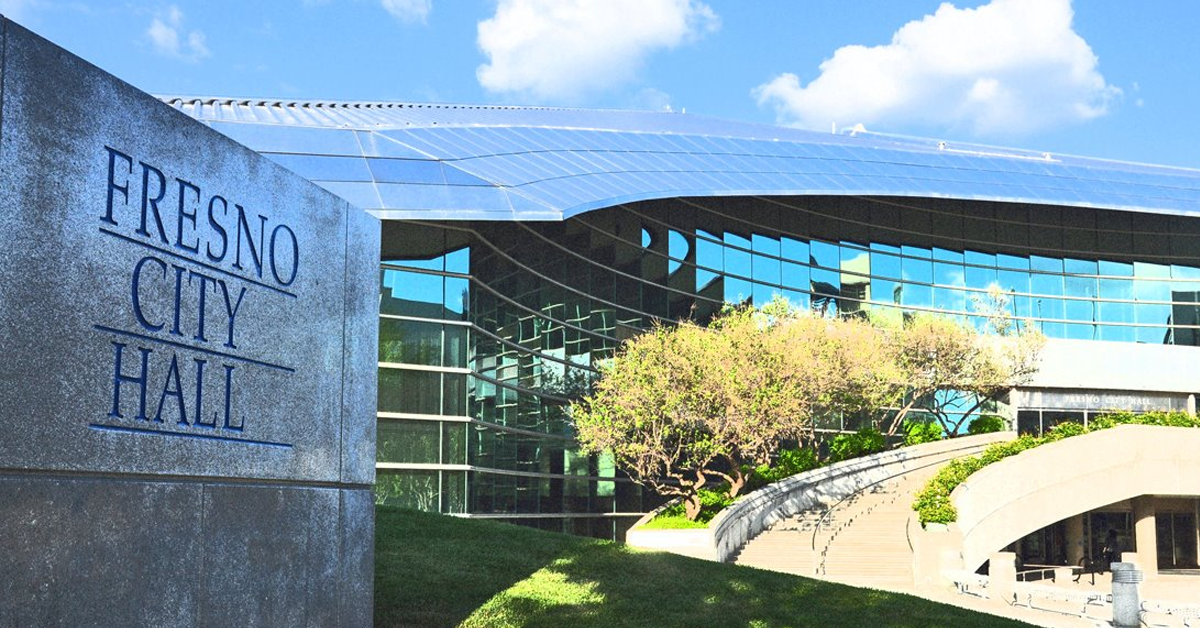Civic order, the rule of law, and geopolitics have dominated things at Fresno City Hall since Jan. 20.
Lee Brand, in office barely a month, is trying to quell the passions so he can get with fundamentals such as collecting the garbage. Let’s chew for a while on how the Mayor is doing.
We’ll begin with Chief Jerry Dyer and the Police Department.
The Chief was kind enough on Jan. 26 to give me 20 minutes of his valuable time. I had sensed that the department’s report on 2016 crime statistics was nearly finished. Comparing annual crime numbers is always a good story.
And everyone knows that Donald Trump had succeeded Barack Obama as President of the United States on Jan. 20.
Obama and his Department of Justice for eight years had had a testy relationship with local law enforcement across the nation. Trump throughout his campaign championed the dedication and professionalism of cops and their kind.
Chief, I said in a text, let’s talk stats and the new Commander in Chief. Come on over, he replied.
Violent crime in Fresno was up 11.7% in 2016 compared to 2015, Dyer said. Rape was down 5.4%, robbery was up 10.9%, aggravated assault was up 14.2%.
There was no change in homicides – 39 in 2015, 39 in 2016.
Aggravated assault includes a shooting in which the person on the receiving end isn’t hit.
“If somebody does a drive-by shooting and shoots into a house and shoots 10 rounds and there are 10 people in the living room and none of them are hit – that’s 10 victims and 10 counts,” Dyer said. “If you have a lot of those types of incidents in your city, your numbers get driven up.”
Dyer said Fresno saw 51 murders in 2012, 40 in 2013 and 48 in 2014. The city continued to grow well past the half-million mark, but the murder numbers dropped to 39 in each of the past two years. Meanwhile, many large American cities – Chicago, Baltimore and St. Louis among them – endured such bloodletting that Trump in his inaugural address vowed to stop the “carnage.”
What happened in Fresno?
“The difference in whether you have a murder or not can often times be determined by how quickly they get medical aid, how quickly they get to CRMC (Community Regional Medical Center),” Dyer said. “There have been a lot of people who probably should be dead, but didn’t die because of the incredible work of the doctors at CRMC. They’re the best.”
But the key to cutting violent crime in general, and murder in particular, is old-fashioned police work applied consistently and diligently, the Chief said.
“What we do know is if we can focus our attention on reducing retaliatory-type incidents and shootings, there’s going to be a better likelihood of reducing homicides,” Dyer said.
There’s no mystery in Fresno about the source of retaliatory shootings.
“We try to constantly target gangs,” Dyer said. “About 60% to 65% of our shootings are gang-related. If we can focus on gangs, we are going to reduce our homicide rate.”
Dyer pointed to three major anti-gang operations in 2016. The targets were the Dog Pound Gang, the Strother Gang and the Malos Hechos Gang.
“Those wiretaps slowed down a lot of the gang activity in terms of shootings,” Dyer said. “But it didn’t stop them.”
It’s somewhat unusual for an innocent Fresnan, someone walking down the street or resting at home, to be murdered.
“It does happen. It happens on domestic violence cases,” Dyer said. “We’ve seen some homicides this year involving domestic violence. Those are innocent people. But the vast majority of the homicides we see are people that are involved in gang lifestyles or some other criminal lifestyle that causes them to fall victim to homicide.”











